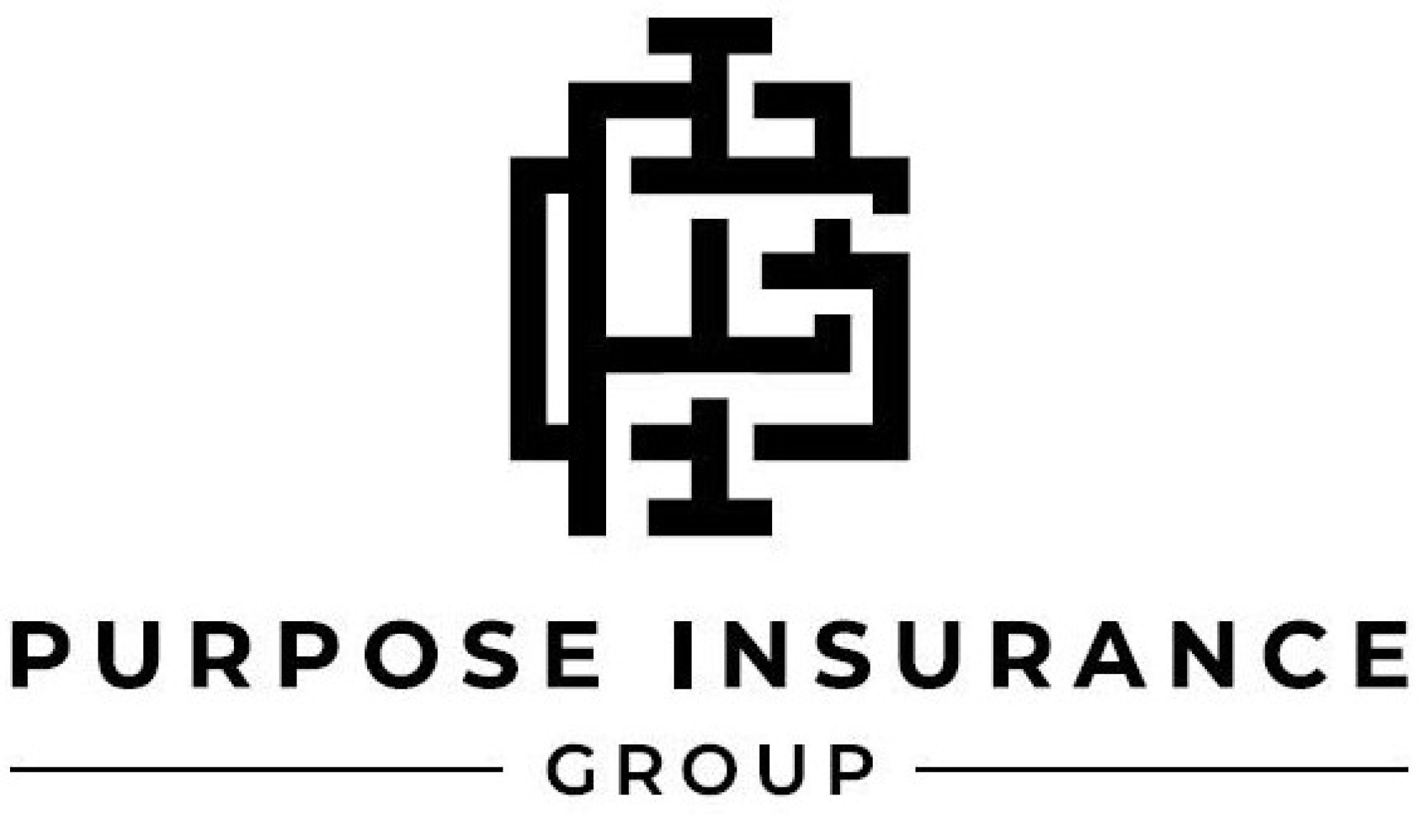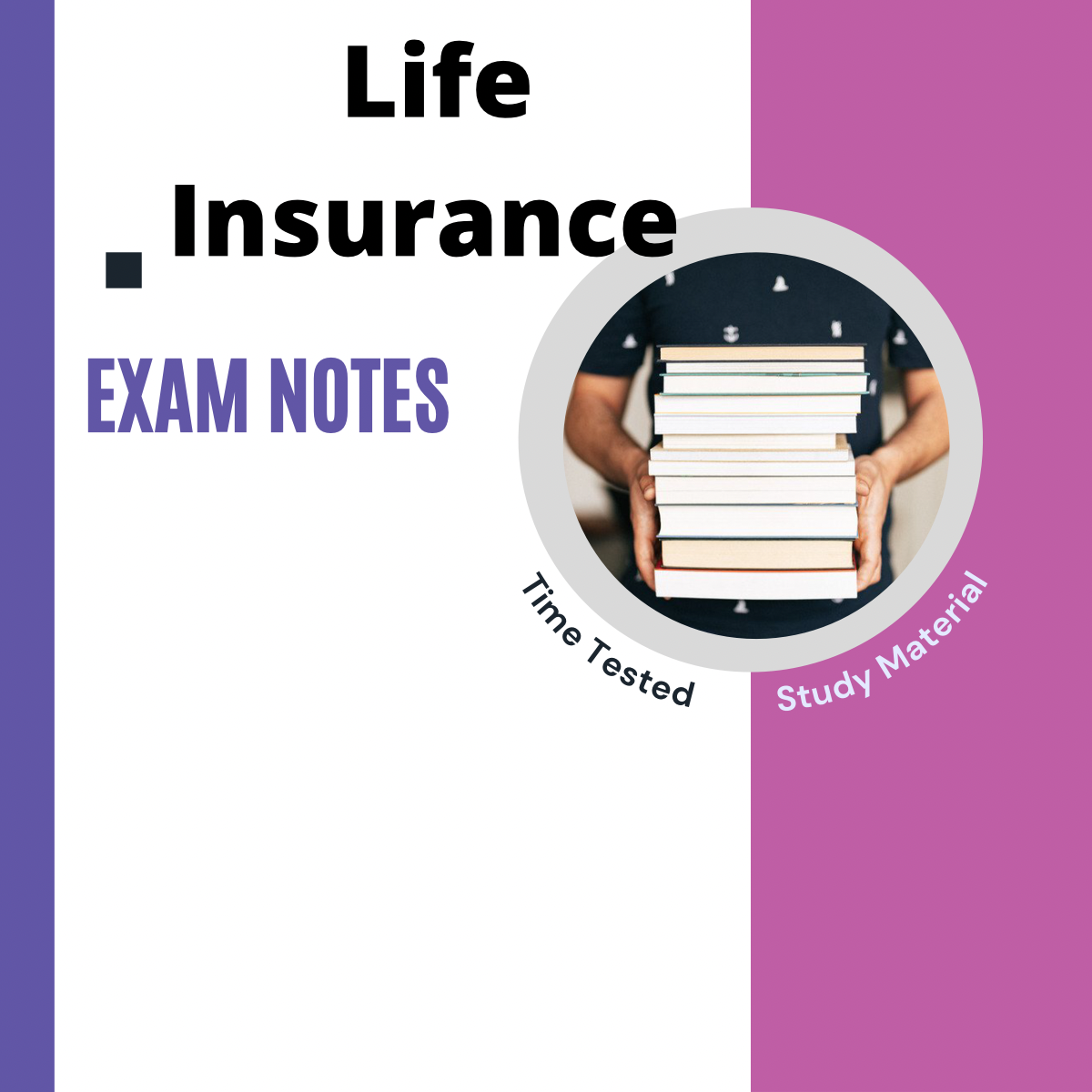Pacific Prime - An Overview
Pacific Prime - An Overview
Blog Article
More About Pacific Prime
Table of ContentsThe Facts About Pacific Prime RevealedPacific Prime Can Be Fun For EveryonePacific Prime Fundamentals ExplainedNot known Details About Pacific Prime
In a lot of states, the insurance firm is called for to send you a copy of the modifications to your plan. It is necessary that you check out Endorsements or Motorcyclists so you comprehend exactly how your plan has actually transformed and if the policy is still adequate to meet your requirements. To get a duplicate of your insurance plan, please contact your insurance representative or business.
The Institute of Medicine (IOM) Committee on the Consequences of Uninsurance launches a prolonged evaluation of evidence that addresses the importance of medical insurance coverage with the publication of this report. Coverage Issues is the initial in a collection of 6 reports that will be issued over the following two years documenting the reality and consequences of having an estimated 40 million people in the United States without medical insurance protection.

Some Known Questions About Pacific Prime.
The objective of this collection of studies is to refocus plan attention on a longstanding trouble. Complying with the lengthiest financial growth in American background, in 1999, an estimated one out of every six Americans32 million grownups under the age of 65 and more than 10 million childrenremains without insurance (Mills, 2000).

10 percent of the population accounts for 70 percent of healthcare expenses, a relationship that has actually remained continuous over the previous 3 decades (Berk and Monheit, 2001) - maternity insurance for expats. Hence medical insurance continues to offer the function of spreading out risk even as it increasingly funds regular treatment. From the viewpoint of health and wellness treatment service providers, insurance lugged by their patients helps secure a revenue stream, and neighborhoods take advantage of monetarily feasible and secure healthcare practitioners and institutions
Federal government gives health insurance policy to populaces whom the personal market might not serve successfully, such as handicapped and seniors, and populaces whose accessibility to healthcare is socially valued, such as kids and expecting go now ladies. The best ends of medical insurance protection for the private and neighborhoods, consisting of work environment communities of workers and employers, are improved health end results and lifestyle.
Rumored Buzz on Pacific Prime
Employees place wellness insurance policy first by much in relevance amongst all the benefits supplied in the work environment (Salisbury, 2001). There have been substantial investments of personal and public funds to give health insurance policy, lots of people still have no insurance coverage. Despite extensive coverage of survey searchings for and health treatment research results, the general public remains overwhelmed and misinformed regarding Americans without medical insurance and the implications of lacking insurance coverage.

Without question, the complexity of American wellness care funding devices and the riches of sources of information contribute to the general public's confusion and uncertainty regarding medical insurance stats and their analysis. This record and those that will follow objective to distill and offer in easily easy to understand terms the considerable study that bears on questions of medical insurance coverage and its value.
Fifty-seven percent of Americans surveyed in 1999 thought that those without health and wellness insurance coverage are "able to obtain the care they require from doctors and medical facilities" (Blendon et al., 1999, p. 207). In 1993, when nationwide attention was concentrated on the issues of the uninsured and on pending health and wellness treatment regulations, just 43 percent of those polled held this belief (Blendon et al., 1999).

They also obtain fewer preventive solutions and are less likely to have normal look after chronic problems such as hypertension and diabetes. Persistent conditions can result in expensive and disabling complications if they are not well taken care of (Lurie et al., 1984; Lurie et al., 1986; Ayanian et al., 2000). One nationwide survey asked greater than 3,400 adults about 15 highly serious or somber problems.
A Biased View of Pacific Prime
Extra proof exists later on in this phase in the discussion of insurance and accessibility to healthcare. https://www.webtoolhub.com/profile.aspx?user=42386420. People without medical insurance are young and healthy and balanced and choose to go without protection. Practically half (43 percent) of those surveyed in 2000 believed that individuals without health and wellness insurance are much more likely to have wellness issues than people with insurance
Citizens and plan makers in focus team discussions characterize those without insurance policy as youngsters who have the possibility to be covered and feel they do not need it (Concierge Novelli, 2001). Contrasted to those with at the very least some personal coverage, the uninsured are less likely to report being in superb or excellent health (Firm for Health Care Study and Quality, 2001).
SOURCE: Facility for Cost and Financing Research Studies, Agency for Healthcare Research Study and Top quality, based on MEPS data. Young person between 19 and 34 are even more most likely to lack medical insurance than any other age. This is chiefly because they are less usually eligible for employment-based insurance policy due to the nature of their job or their short tenure in it.
The perception that individuals without insurance have better-than-average health complies with from confusing the reasonably young age profile of the uninsured with the better wellness, typically, of younger persons. This covers the link between health and wellness condition and medical insurance. For those without accessibility to office medical insurance, inadequate wellness is a possible obstacle to acquiring nongroup protection since such protection may be extremely priced, exclude pre-existing problems, or be simply unavailable.
Report this page